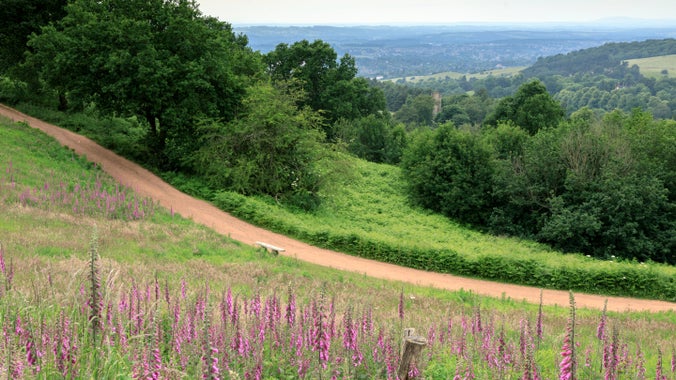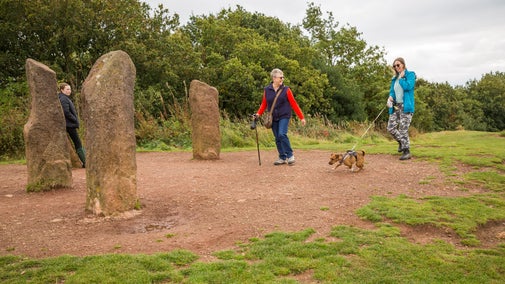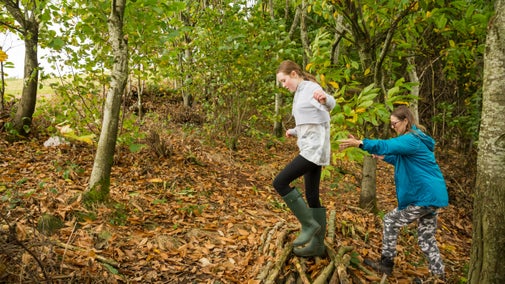
Become a member
Join today and help protect nature, beauty and history – for everyone, for ever. Enjoy access to more than 500 places with National Trust membership.
A stunning countryside haven in the heart of the busy Midlands
Nimmings Wood car park, Hagley Wood Lane, near Romsley, Worcestershire, B62 0NL

Find out more about our upcoming volunteer led walks and events.

With large areas to let your dog off the lead, sticks to find and new smells to sniff, Clent Hills is a great place for canine companions. Find out what facilities are available.

On this page you’ll find details of any projects we have planned over the coming years.
We're committed to making Clent Hills as accessible as possible for all our visitors. Here you’ll find information about how to make the most of your visit.

Take your little explorers on a woodland adventure at Clent Hills. You’ll find seasonal trails and events, as well as information to help plan your day and some fun, free ideas to get your family outside in the beautiful Clent Countryside.


Join today and help protect nature, beauty and history – for everyone, for ever. Enjoy access to more than 500 places with National Trust membership.